- Learning time
- 40 minutes
- First play time
- 90 minutes
Ginkgopolis
Designed by: Xavier Georges
The story of Ginkgopolis is that somewhere in the distant future, you are architects charged with building a sustainable city (Ginkgopolis itself).
The game is played by the placement of three different types of tiles (red, blue, yellow) in an ever-growing expansion in the middle of the play area representing the city. At the start of the game, Ginkgopolis is represented by a 3×3 grid of tiles, with both columns and rows bookended by letters A through to L. Players are dealt a hand of cards and tiles that they keep behind their screen, and play proceeds with each player, on their turn, taking one of three possible actions:
You can play a card by itself, representing the use of a building in the city. Red buildings give you resources, blue buildings supply tiles, and yellow buildings simply produce victory points. Cards also have alluring bonuses, that help increase your income when playing subsequent cards, as one card triggers another.
You can play a card with a tile. In this case, the card dictates (via the letters by the rows and columns) where you can place the tile, as you add it to the expanding city and place resources on it to show this tile is – currently – under your control. When you build in this way, you get to use adjacent buildings, which again gets you points, resources, or tiles.
Finally you can also play a tile that goes on top of a previously laid tile in the city by playing a card that matches the number of a building already constructed. The catch is that having done so, you need to place an amount of resources in the building that matches its level – so two resources for level two, three for level three and so on. The numbered building will usually be higher than the building you’re going on top of – you can place a lower-numbered building, but the cost is somewhat prohibitive. It’s also – crucially, as we’ll explain below – possible to build over other players buildings in this way, removing their resources from the board in the process (though they do get some consolation points for being displaced).
But what are you doing all this in aid of? Well, come the end of the game (either when a player runs out of resources, or when the tiles are used up) players will score for points collected during the game, any points bonuses on their played cards, and for control of areas in the city, which is defined by having the most resources in any contiguous area of the same type (red/blue/yellow) of building. So key to the victory is managing your presence in the city, and manipulating the layout in your favour as much as you can…
The guru's verdict
-
Take That!
Take That!
Plenty. The city is increasingly a writhing mass of screwage and tension.
-
Fidget Factor!
Fidget Factor!
Very high on a first few plays, as you come to terms with what your options (and the ramifications of them) are in this fairly abstracted game. Dropping to high/moderate, depending on how your plans are faring...
-
Brain Burn!
Brain Burn!
Despite the abstraction the rules aren't terribly heavy (it's a seven page rulebook, a relatively low number compared to many new games) but every move the other players make in the city needs factoring in to your thoughts...
-
Again Again!
Again Again!
Lots of replayability here. Not just in the deployment of cards, but in the way the city grows and changes.

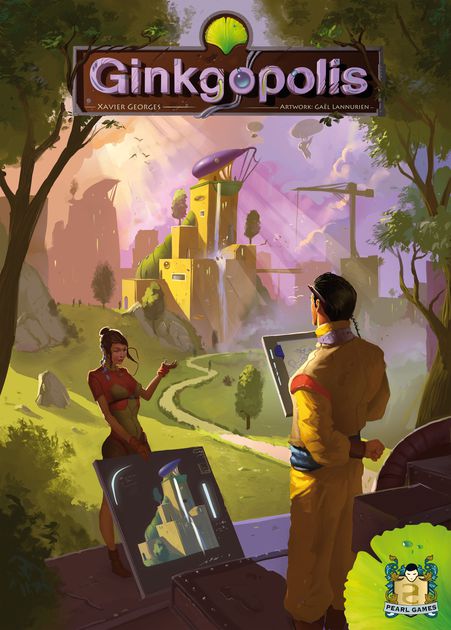
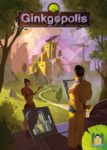

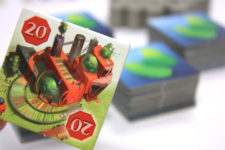
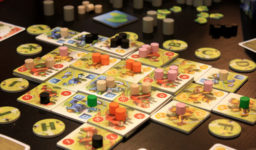


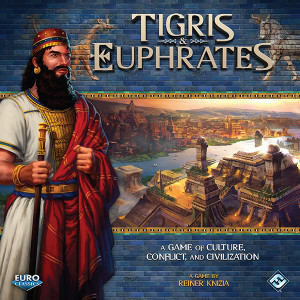
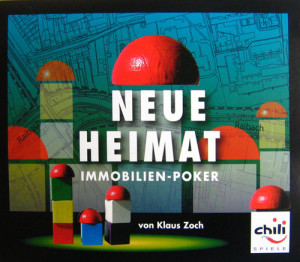
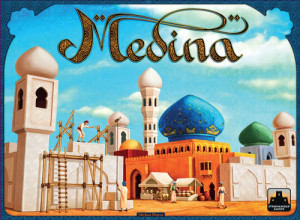
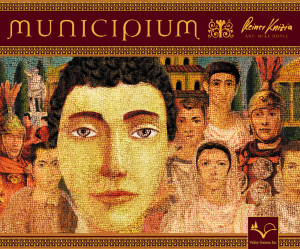
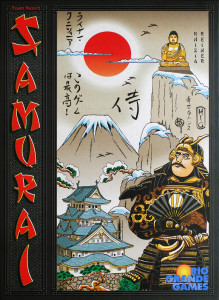
Sam says
A clever design, and striking to look at on the table as you fight it out in the manner only architects can - with passive-aggressive (-sometimes just aggressive) street layouts. But Ginkgopolis is one of those games that - while I salute the shrewd mechanics - just doesn't grab me. Maybe it's too abstract (it doesn't really feel like city building) or maybe the considerable potential for (considerable) lulls whilst someone considers their best move put me off. I want to like it much more than I do, but I'd rather play the game it reminds me most of - Tigris and Euphrates.